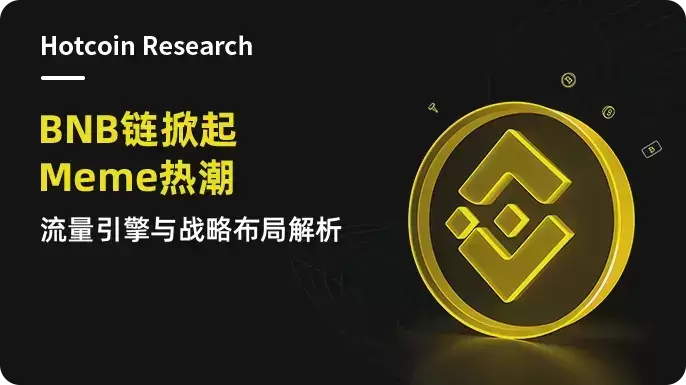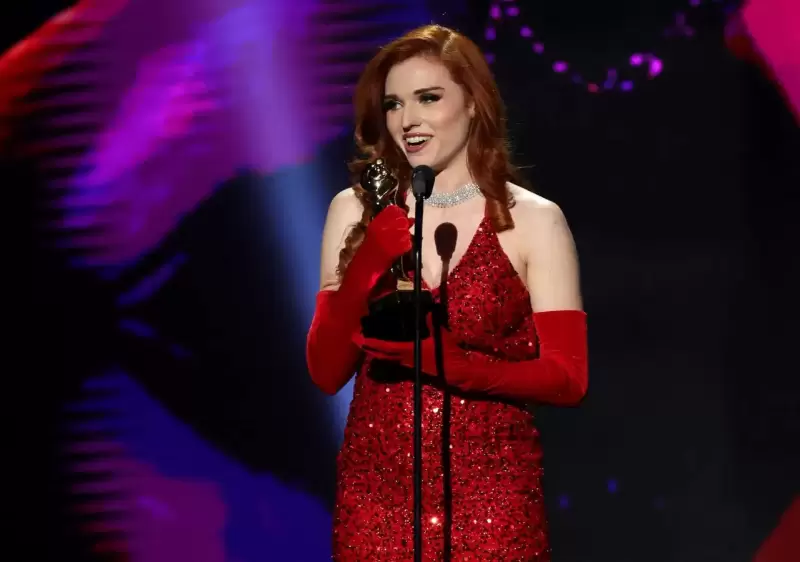 |
|
 |
|
 |
|
 |
|
 |
|
 |
|
 |
|
 |
|
 |
|
 |
|
 |
|
 |
|
 |
|
 |
|
 |
|
Cryptocurrency News Articles
Social Media Is Being Flooded with AI-Generated Images Styled After the Beloved Works of Studio Ghibli
Mar 28, 2025 at 04:07 am
In a remarkable surge of creativity, social media has been flooded with AI-generated images styled after the beloved works of Studio Ghibli

Social media has been awash with AI-generated images styled after the works of Studio Ghibli, following a recent update from OpenAI's ChatGPT. The trend, dubbed "Ghiblification," has not only captivated users but also led to a remarkable surge in the market value of meme coins inspired by the iconic anime studio.
On March 25, OpenAI introduced its most advanced image generator yet via ChatGPT, allowing users to transform photos into stunning Ghibli-style artwork. In a remarkable display of creativity, users can simply upload an image and prompt the model to "restyle image in Studio Ghibli style."
This feature has sparked a wave of creativity, with people sharing their Ghiblified selfies, historical moments, and other images across platforms. Even OpenAI CEO Sam Altman joined in on the fun by transforming his profile picture into a Ghibli-esque version of himself.
The excitement surrounding this new feature has not only brought joy to fans but also raised questions about the implications of using AI in creative fields.
However, the trend has also sparked controversy. Studio Ghibli co-founder Hayao Miyazaki has long been an outspoken critic of AI technology. His sentiment, "I strongly feel it is an insult to life itself," was shared by many as users began selecting images to be Ghiblified, including some that depicted violent or dark themes.
For instance, some users chose to share images of the 9/1त्रि11 attacks, while others selected a photo of the murder of George Floyd. Such choices have again brought up discussions about the ethical boundaries of AI-generated art.
While a specific style may not be eligible for copyright protection, the possibility exists that OpenAI's model was trained on millions of frames from Ghibli films, potentially violating copyright laws.
"What are the copyright infringement implications of going out, crawling the web, and copying into these databases?" asked Evan Brown, an intellectual property lawyer.
As the Ghiblification trend gained momentum, it also sparked a financial phenomenon in the cryptocurrency world.
The meme coin inspired by Studio Ghibli, known as Ghiblification (GHIBLI), saw its market cap soar to $28.3 million within a day of the trend's emergence.
Another token, GhibliCZ (GHIBLI), a version of Binance co-founder Changpeng Zhao's face Ghiblified, saw its market cap spike to $14.6 million.
Tokens like Shibli Inu (SHIBLI) and Ghibli Doge (GHBLIDOGE) also rose above $1 million before decreasing in value.
The rise of these meme coins follows the recent launch of Pump.fun's decentralized exchange, PumpSwap, which has increased interest in token launches.
The success of GHIBLI marks a notable shift in the meme coin landscape, especially following a period of stagnation due to broader market volatility and scandals surrounding other prominent coins.
For instance, LIBRA, a token promoted by Argentine President Javier Milei, crashed heavily.
The Pump.fun sector remains significantly below its all-time highs. Fartcoin (FARTCOIN), once a highly popular token, is currently valued at about $550 million, a decline from a peak market cap of $2 billion in January.
Many users are discussing the implications of AI on creative expression.
Emily Berganza, a sculptor from Long Island City, expressed her concerns about the technology, stating, "I consider it to be a threat."
By March 27, ChatGPT appeared to have tightened restrictions on the types of images users could Ghiblify, showing a cautious approach from OpenAI in response to the growing scrutiny.
In a statement, Taya Christianson, a spokeswoman for OpenAI, said the company is aiming to provide users with creative freedom while being mindful of ethical considerations.
"We continue to prevent generations in the style of individual living artists, but we do permit broader studio styles," she explained.
The Ghiblification trend serves as a fascinating case study of how technology can intersect with art, sparking both joy and controversy.
As users push the boundaries of AI-generated creativity, the debate surrounding copyright, ethical implications, and the future of artistic expression will continue to unfold.
With the rapid advancements in AI technology, the landscape of creativity is changing, leaving artists, creators, and audiences to navigate this new terrain.
Disclaimer:info@kdj.com
The information provided is not trading advice. kdj.com does not assume any responsibility for any investments made based on the information provided in this article. Cryptocurrencies are highly volatile and it is highly recommended that you invest with caution after thorough research!
If you believe that the content used on this website infringes your copyright, please contact us immediately (info@kdj.com) and we will delete it promptly.
-

-

-

- Ethereum's (ETH) Deflationary Mechanism Continues to Operate at Full Strength, Driven by Active Participation from DeFi Protocols
- Mar 31, 2025 at 10:35 am
- Ethereum's (ETH) deflationary mechanism continues to operate at full strength, driven by active participation from decentralized finance (DeFi) protocols.
-

-

-

-

-

-


























































